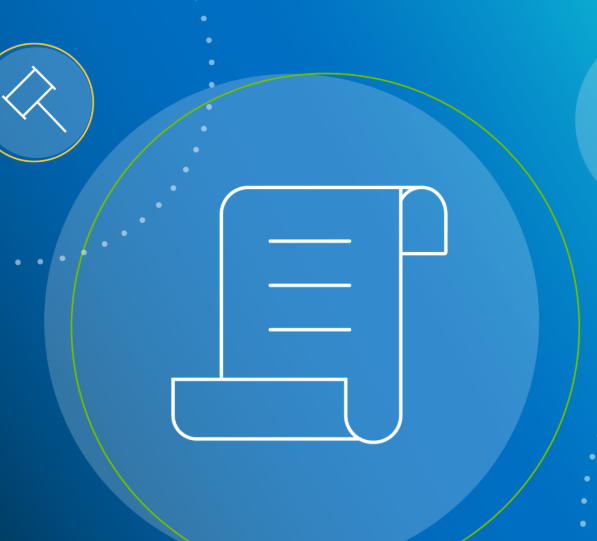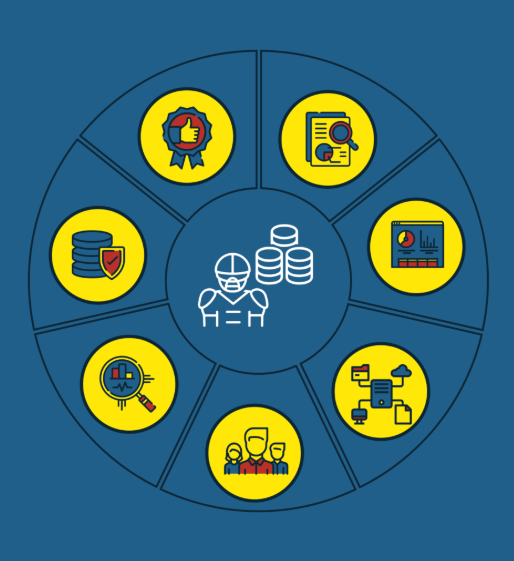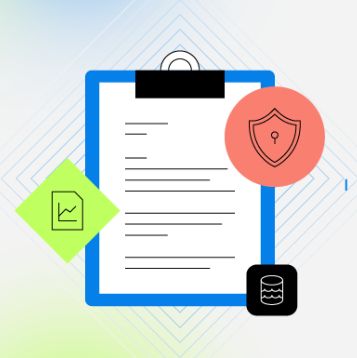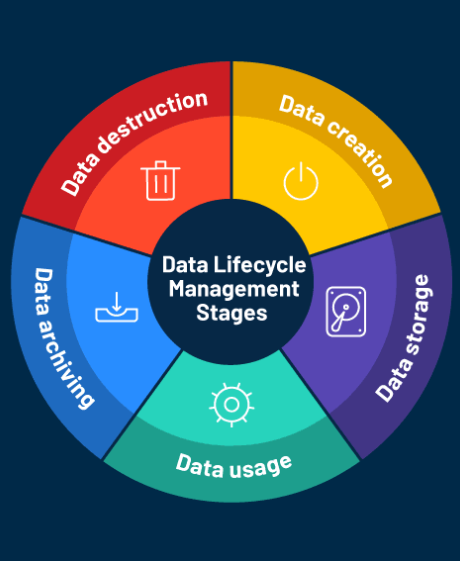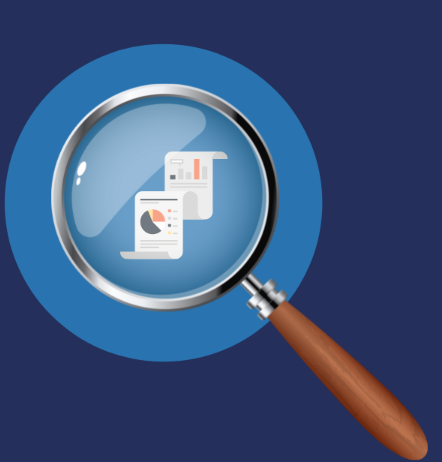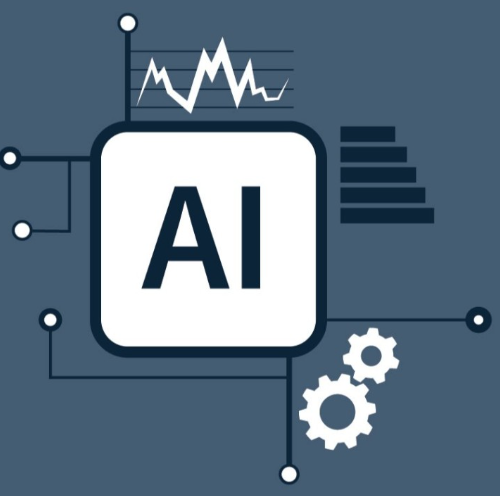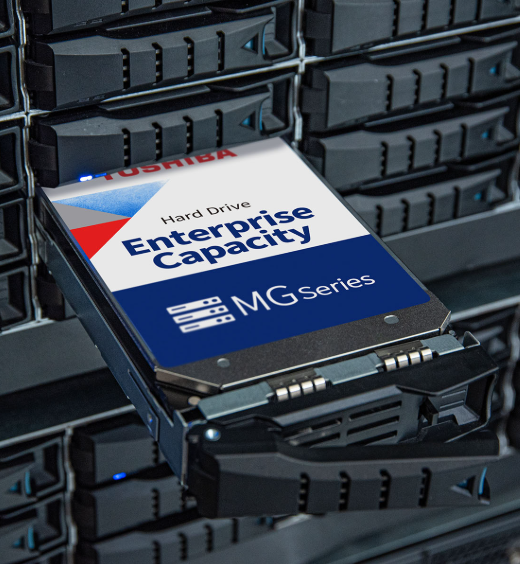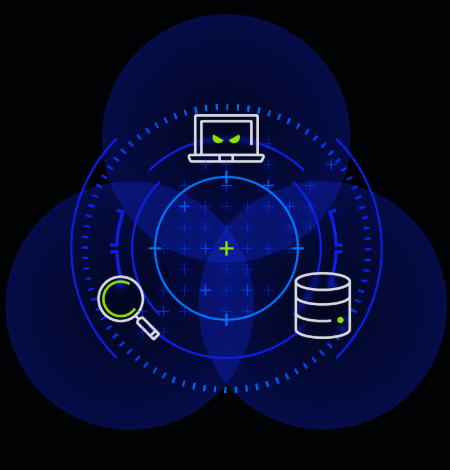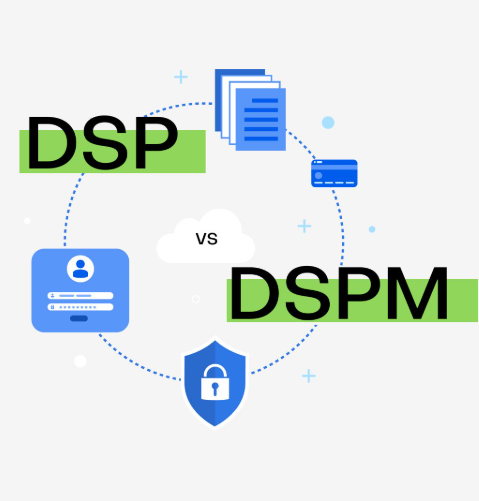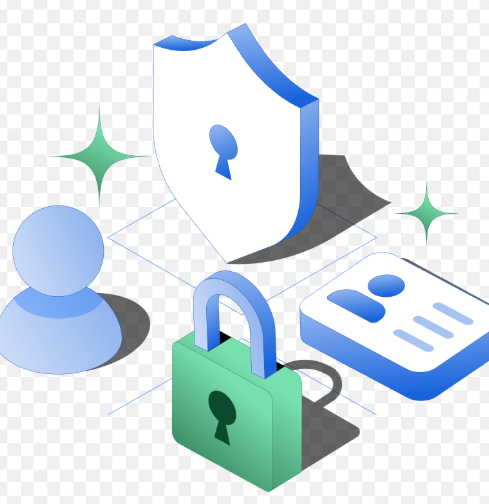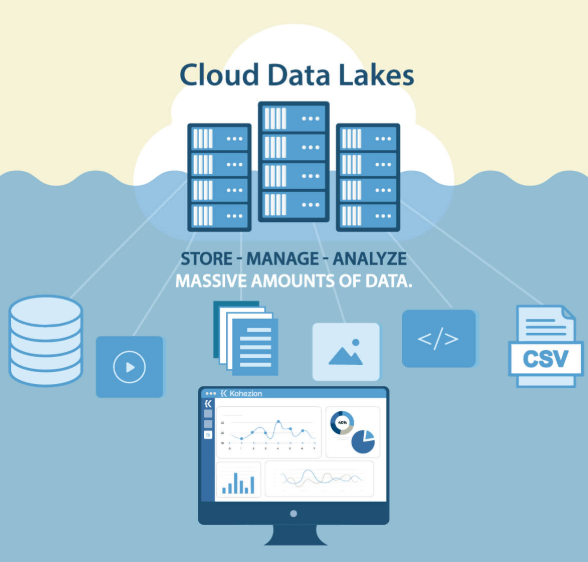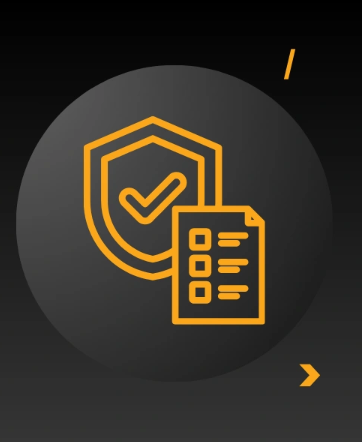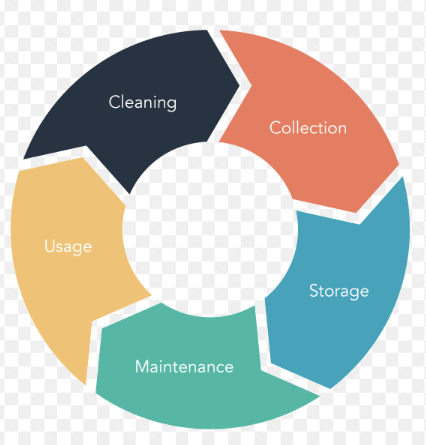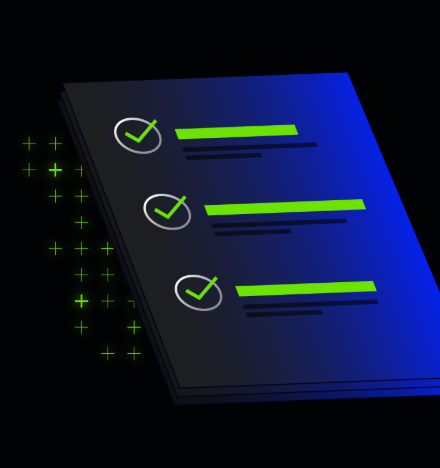
Data migration is essential for businesses transitioning to the cloud, but not all migration strategies are created equal. One common method, known as “Lift and Shift,” involves moving data and applications directly from on-premise environments to the cloud without making significant changes. Although this approach might seem like a quick solution, it often leads to hidden costs, inefficiencies, and long-term complications. In this blog, we’ll explore why “Lift and Shift” is an outdated approach and offer smarter, more efficient alternatives for data migration.
Why “Lift and Shift” is Inefficient and Costly
While “Lift and Shift” may initially appear to be a simple and fast way to move data to the cloud, it can be one of the most expensive and inefficient strategies for migration. Here’s why:
- High Data Transfer Costs: When data is migrated without optimization, businesses often carry over redundant, obsolete, or trivial (ROT) data, which inflates storage and transfer costs. This unnecessary data takes up more cloud storage, increases network transfer fees, and leads to higher cloud operating costs.
- Resource Mismanagement: Failing to adjust applications and data for the cloud environment can lead to cloud infrastructure that’s either misconfigured or over-provisioned. This misalignment results in underutilized resources and unnecessarily high expenses.
- Lack of Cloud Optimization: The “Lift and Shift” method ignores the unique capabilities of the cloud, such as auto-scaling, serverless functions, and cost-efficient storage. These features can significantly reduce operational costs and improve performance when leveraged correctly.
In the long term, “Lift and Shift” may end up costing more than other migration strategies, both in terms of financial resources and time spent on troubleshooting.
Clean Up Data Before Migration: Eliminate ROT
One of the first steps in a successful data migration is to clean up your data. Redundant, obsolete, or trivial data (ROT) can complicate the migration process and increase storage costs in the cloud. A thorough data audit can help identify and eliminate ROT, streamlining the entire migration.
By removing unnecessary data, you:
- Reduce Data Volume: Cleaning up your data reduces the amount of data that needs to be migrated, leading to savings on transfer and storage fees.
- Improve Cloud Environment Performance: Fewer data means better performance and easier cloud management.
- Enhance Data Quality: Ensuring that only relevant and useful data is migrated improves overall data quality.
By eliminating ROT before the migration, businesses can speed up the process and make the transition to the cloud smoother.
Cut Cloud and Network Costs: Prioritize Migration Based on Business Value
A significant issue with the “Lift and Shift” method is that it moves everything at once, regardless of business priority. This can result in cloud resources being wasted and excessive network fees. To make the migration more cost-effective, prioritize data and applications based on their value to the business.
Here’s a better approach:
- Phase Migration: Migrate the most critical data and applications first. This reduces the amount of data transferred initially, saving on cloud storage and transfer costs.
- Cloud Storage Optimization: Choose the right cloud storage tiers for different data types. For example, mission-critical data may require high-performance storage, while less frequently accessed data can be moved to more affordable storage options.
By focusing on the data that matters most, businesses can ensure they’re not paying for unnecessary resources and services.
Reduce Risk: Secure PII Before Migration
A major risk of the “Lift and Shift” method is the potential exposure of sensitive data, such as Personally Identifiable Information (PII). Without proper data classification and security measures, migrating data can lead to security, compliance, and legal issues.
To reduce risks before migration:
- Identify Sensitive Data: Use data discovery tools to locate and flag sensitive data, ensuring compliance with regulations like GDPR, CCPA, and HIPAA.
- Classify Data: Once identified, classify sensitive data according to its risk level. This allows for more stringent security measures, such as encryption and data masking, both during transit and when stored.
- Remediate Risks: Apply security measures to mitigate potential vulnerabilities before migrating sensitive data to the cloud. This could involve anonymization, encryption, or removing unnecessary PII from the data set.
By identifying and securing sensitive data before migration, businesses can avoid costly breaches and compliance violations.
A More Efficient and Smart Approach to Migration
Instead of relying on the outdated “Lift and Shift” method, businesses should adopt a more strategic and thoughtful migration plan that includes:
- Data Optimization: Clean and optimize data before moving it to the cloud to reduce storage requirements and increase migration efficiency.
- Leveraging Cloud-Native Features: Tailor your migration strategy to take full advantage of cloud-native technologies, which can lower costs and boost performance.
- Risk Mitigation: Secure sensitive data by identifying and addressing potential risks, ensuring compliance and reducing the likelihood of data breaches.
By focusing on a more intelligent migration approach, businesses can accelerate their cloud adoption, reduce costs, and minimize risks. With careful planning, data cleanup, and prioritization, your transition to the cloud will be smoother, more secure, and more cost-effective.
Ready to start your data migration journey? Let’s make it happen with a smarter migration strategy.




